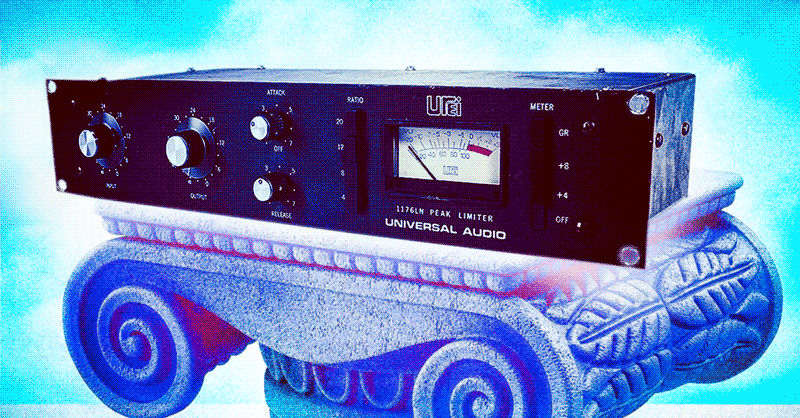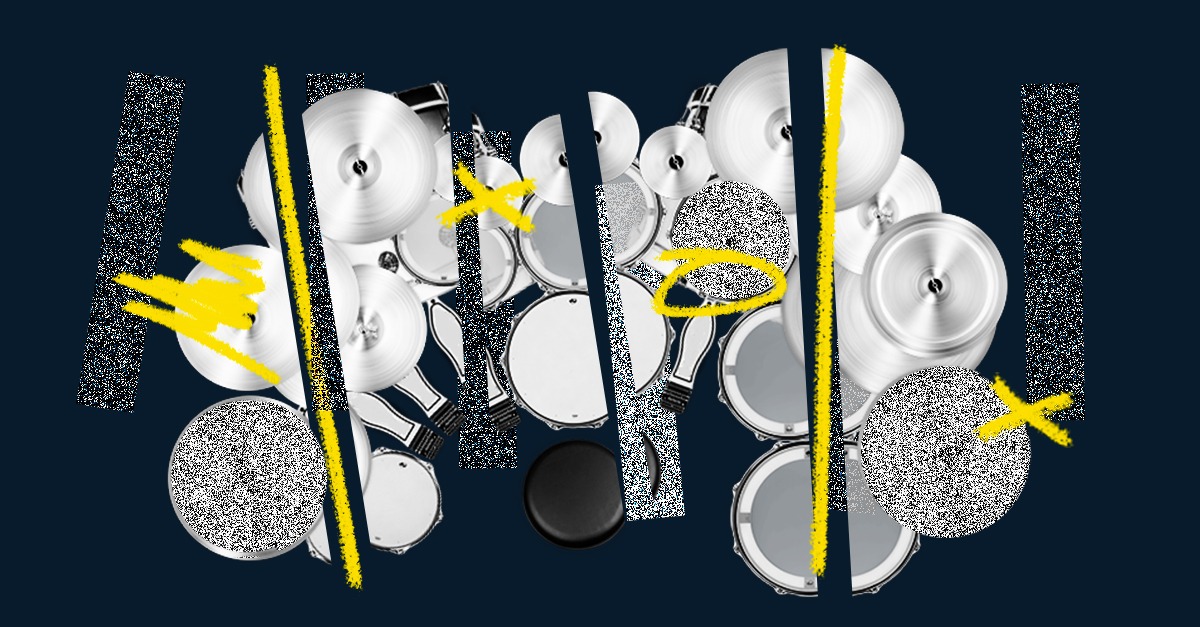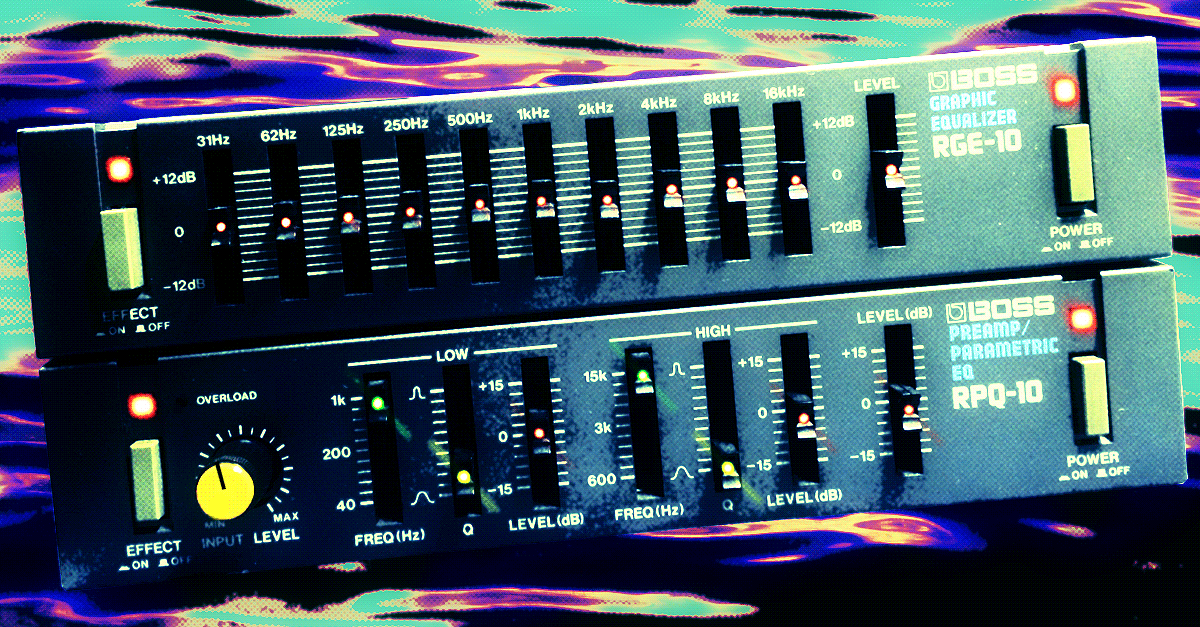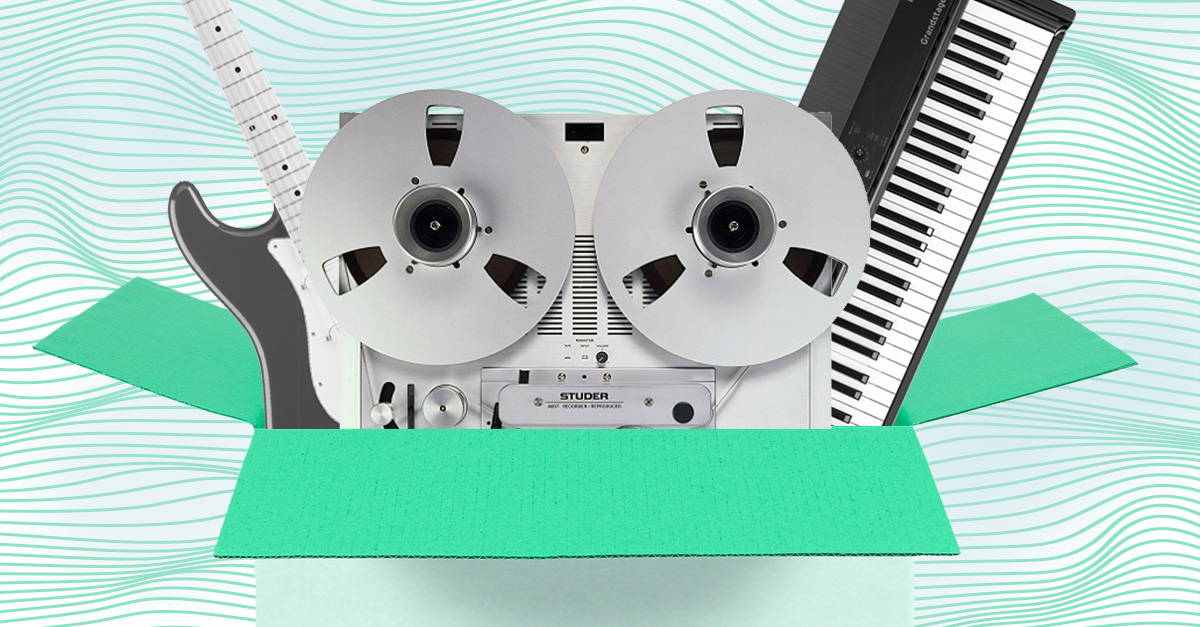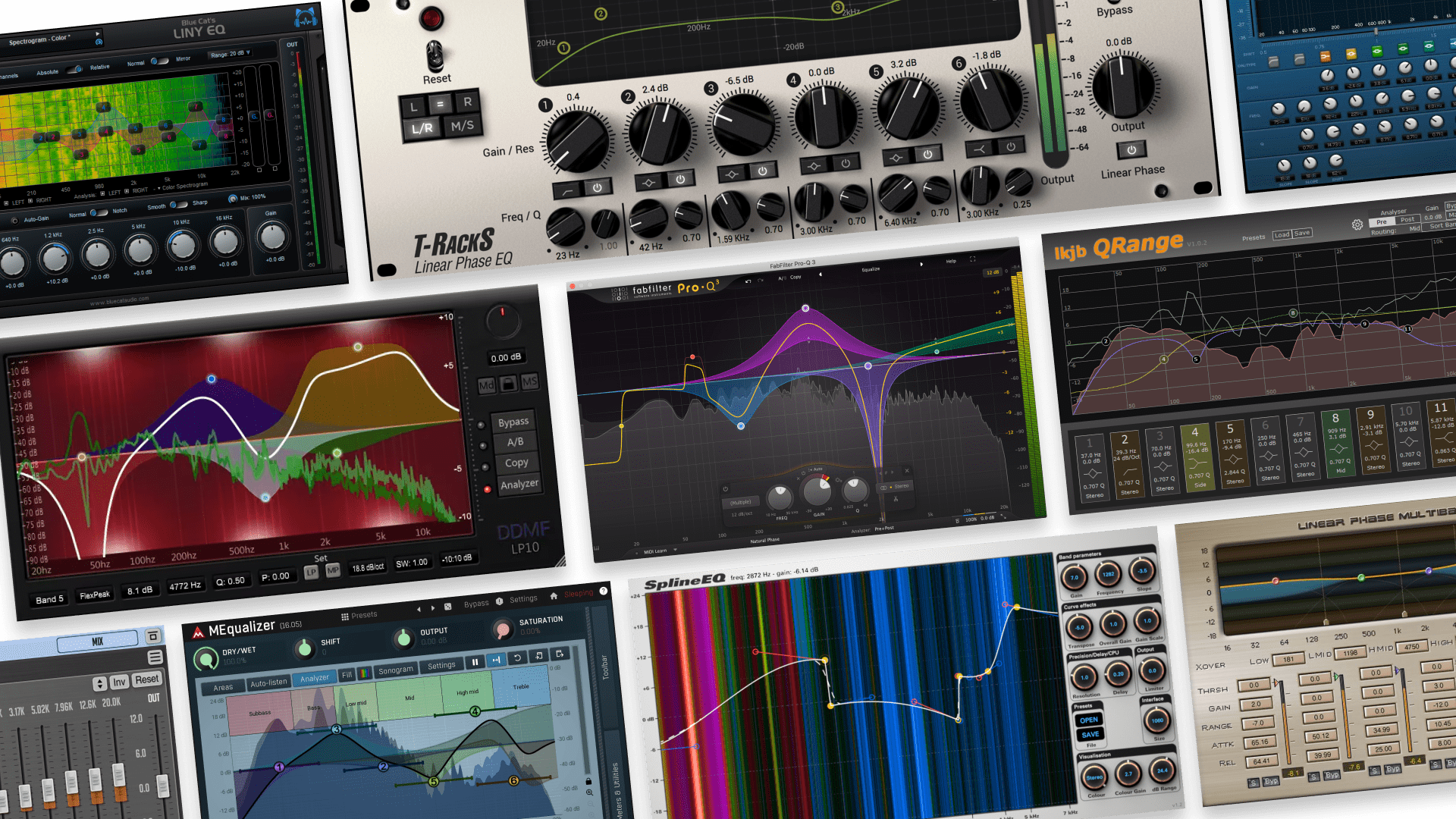
What is Frequency Masking? How to Get Clarity and Separation in Your Mix

Frequency masking is an essential concept to know in music production.
It’s one of the main factors that emerging producers struggle with when mixing music.
In fact, minimal frequency masking is one of the hallmarks of a professional mix.
But grasping the concept and knowing the techniques to avoid it can be challenging if you’re just getting started.
In this article I’ll explain what frequency masking is and explain how to reduce it in your mix.
Let’s get started.
What is frequency masking?
Frequency masking is a phenomenon that occurs when two or more sounds occupy the same frequency range.
The overlapping sound energy causes them to clash and compete for space in the mix.
This can result in a muddy or unclear sound that lacks definition and separation.
For example, a kick drum typically occupies a frequency range of around 50-100 Hz, while the bass occupies a frequency range of around 80-150 Hz.
When these two elements sound at the same time, they will mask each other in the range where they overlap.
This means that one or both elements may not be heard clearly or may sound muddy or undefined.
Audio engineers typically use equalization to carve out space for each sound to sit in the mix.
How to identify frequency masking
The first clue that frequency masking is causing issues in your mix is muddy, indistinct sound.
For intermediate mixers, excess frequency energy is especially prone to building up in the bass frequencies and low midrange.
Even so, masking can occur anywhere, so it’s important to train your ear to recognize it.
Ask yourself:
- Can each element in the mix be heard clearly?
- Is one element dominating the others?
- Does the musical texture sound flat and uninteresting?
- Do core elements like kick, snare, bass and vocals feel muddy?
If your mix has these qualities, you likely have issues with frequency masking.
How to fix frequency masking
Your first line of defense against frequency masking is equalization.
In fact, EQ is the main tool engineers use to make space in the mix for every musical element to be heard clearly.
Once you’ve identified sounds that are masking each other, try isolating them and experiment with frequency cuts and boosts using EQ.

Learn the basics of EQ in 4 minutes.
You may find that many sounds in your mix contain excess low frequency energy that doesn’t contribute to their roles in the mix.
Conversely, you may find some tracks contain excessive high end that sounds brittle and fatiguing.
Pro mix engineers often use a high-pass or low-pass filter on many of their tracks to ensure they don’t compete with the elements at the extremes of the spectrum.
As you move through the frequency spectrum you’ll find areas where some sounds can be emphasized over others while maintaining their basic sound.
Your job is to focus on the frequency areas that most contribute to the musical role the sound plays in your mix.
How to structure your mix for clarity
With the basics out of the way, here are my suggestions for structuring your mix to avoid masking.
Consider removing anything under 30 Hz
The lowest frequency humans can hear is 20 Hz. But we rarely experience recorded sound that goes that low!
In fact, the vast majority of speaker systems are not capable of reproducing sounds below 30 Hz.

A visual breakdown of the frequency spectrum.
Unless you’re hearing your song on a massive club soundsystem, it’s unlikely anyone will ever experience the energy in this range.
For typically listening systems, it even causes problems. Excess energy in the sub bass frequencies makes speakers struggle all the way up the spectrum.
The solution is to high pass any source in your mix that contributes low end build up below 30 Hz.
You might not notice a change in timbre, but your mix will feel tighter and clearer overall.
Make space for kick and bass

Kick and bass basics.
Only one source in your mix can be the lowest of the low.
So decide which one! Frequency masking between kick and bass can undermine your mix’s foundation.
Depending on the type of sound you’re working with, choose either the kick or bass to occupy the lowest part of the frequency spectrum and high pass the other to give it space.
I typically prefer the kick to have the lowest overall extension but get most of its power from the upper midrange. Then the bass can fill in most of the leftover range from 70-150.
Learn mixing
Read our best resources to get started with mixing.

Manage the midrange
The midrange is one of the most challenging areas to get right in a mix.
The midrange is one of the most challenging areas to get right in a mix.
It extends from just above the bass at 200 Hz all the way to roughly 5 kHz as the top end begins.
This is the range where the human ear is most sensitive, so it’s key to be strategic about how your tracks interact.
There’s no right way to do it, but for me it’s important to concentrate the weight of instruments like snare and toms in the lower end.
Guitar should occupy the center range from 800-2.5 kHz, while keys, synths, and other melodic elements can fill in the gaps.
Be extra careful with the sensitive area between 2.5 and 5 kHz where harshness can start to occur.
Tailor the top end
The high-end frequency range of a balanced mix plays a significant role in creating a sense of air, space, and extension.
This range typically spans from around 5 kHz up to 20 kHz.
By carefully managing the high frequencies, you can bring out the detail, presence, and excitement in your mix while maintaining a sense of space and depth.
The frequencies above 10 kHz are often referred to as the “air” or “airy” frequencies. This is where the subtle nuances of the mix, such as the shimmer of cymbals, the breathiness of vocals, or the sparkle of acoustic guitars, become more apparent.
By carefully boosting or attenuating these frequencies, you can create a sense of depth and space in your mix.
Frequencies between 5 kHz and 10 kHz are responsible for the presence and clarity of many instruments.
This range is crucial for defining the character of the mix and ensuring that each element can be heard distinctly.
For example, the attack of a snare drum is often emphasized around 6-8 kHz, while the brightness and intelligibility of vocals usually sit between 5-7 kHz.
The highest frequencies, from around 15 kHz up to 20 kHz, contribute to the sense of high-frequency extension in a mix.
While these frequencies are less prominent and often inaudible to some listeners, they can add a sense of openness and smoothness to the overall sound.
The subtle details of reverb or room microphones are present in this range, but they’re often more felt than heard.
Frequency masking and unmasking
Understanding and managing frequency masking is key to achieving a clear and professional-sounding mix.
By recognizing the signs of masking, using EQ to create space, and structuring your mix with clarity in mind, you’ll be well on your way to producing high-quality tracks.






